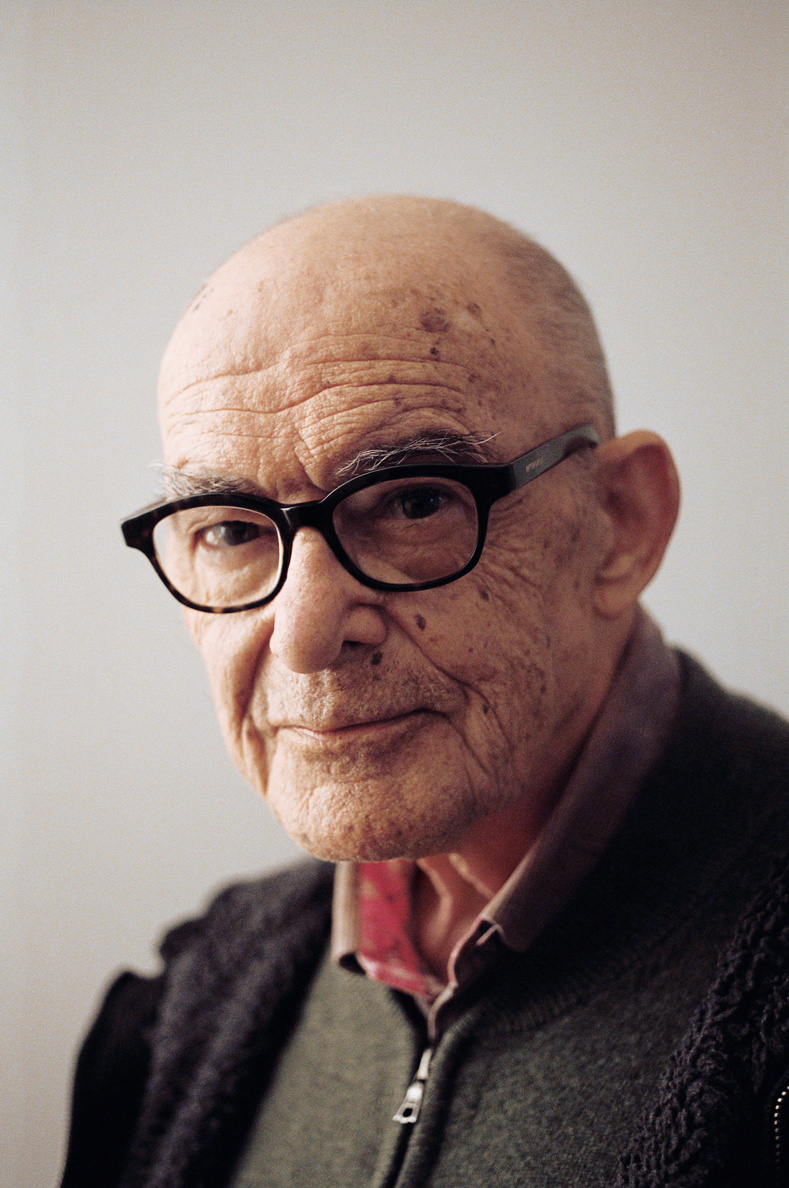Purple Magazine
— Purple 76 Index issue #29 S/S 2018
Nancy jean-luc
text by JEAN-LUC NANCY
portrait by GIASCO BERTOLI
translated by PETER BEHRMAN DE SINÉTY
The figure that we call an intellectual, by a strange inversion of the critical tone this word originally carried (and often carries today), is in fact a manual laborer. What indeed is his or her work? He shapes, kneads, assembles, sculpts, or forges; he configures, models, molds, adjusts; he fuses or splinters into pieces, and makes use of every other operation that might serve to produce forms. These are the forms that a society, an epoch, or a space has been obscurely, indistinctly, but obstinately seeking. For example, Dante is a language- and thought-smith who grasped the tendencies, tensions, and expectations of an Italy in search of a new social, political, and cultural existence. Flows, pressures, and impulses crowd round, not yet acquainted with each other, or not yet recognizing each other for what they are…
